Your guide to the night sky this month
1 Wednesday
This evening and tomorrow evening, Jupiter and Venus appear really close to one another in the evening twilight after sunset. This evening they are 0.6° apart and tomorrow they will appear 0.8° apart.
2 Thursday
Mercury and Saturn are 1° apart as they rise this morning. Not well positioned, it may be possible to see them in a blue sky after sunrise. Their closest separation of 52 arcminutes occurs at 14:40 UT.
4 Saturday
The Moon’s southern polar region is favourably tipped into view, thanks to lunar libration.
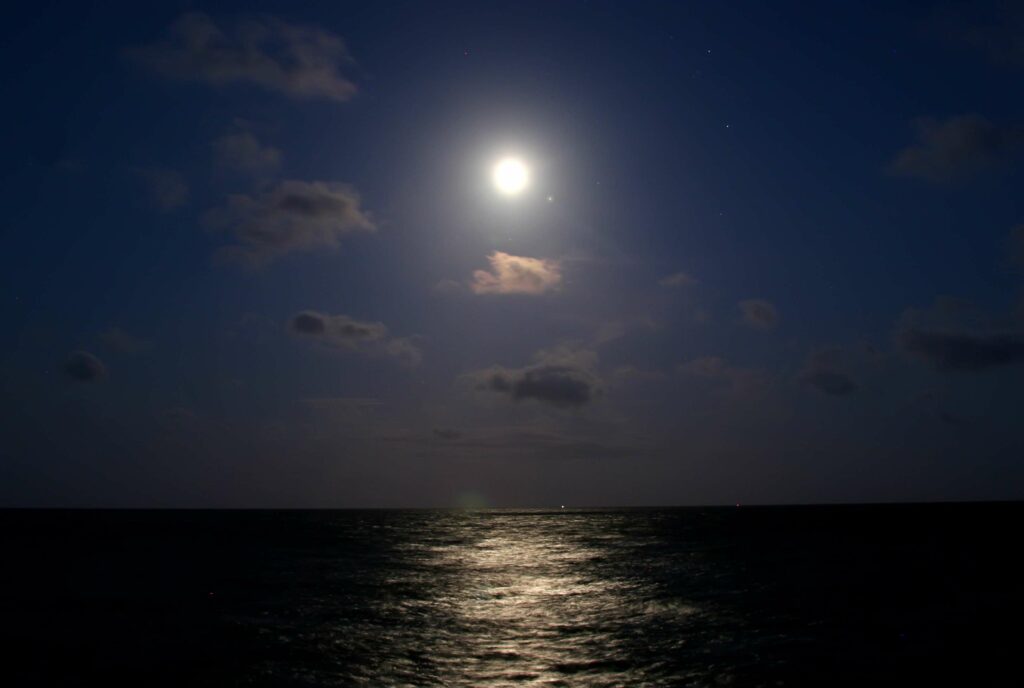
14 Tuesday
As the 60%-lit waning gibbous Moon rises this morning around 02:00 UT, it’ll be just over a degree east-northeast of mag. +1.0 Antares (Alpha (α) Scorpii).
15 Wednesday
Lunar libration reveals views of the Moon’s northwest region today.
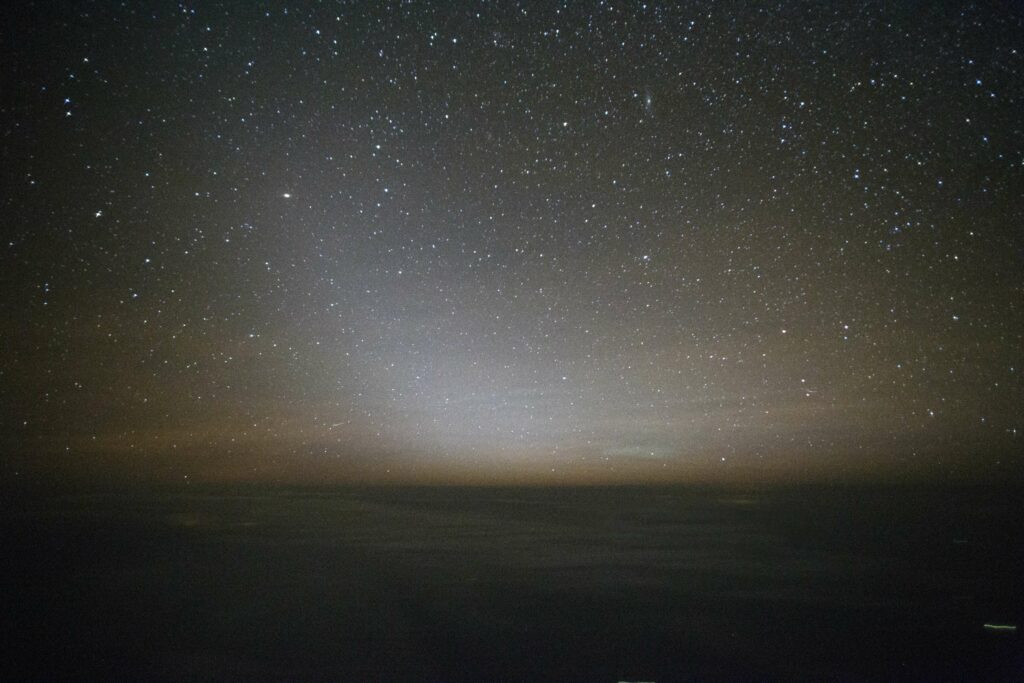
18 Saturday
If you have light-pollution-free skies, this is a good time to look out for the gentle and very subtle cone of light sometimes seen over towards the west 90 or so minutes after sunset, known as the Zodiacal Light.
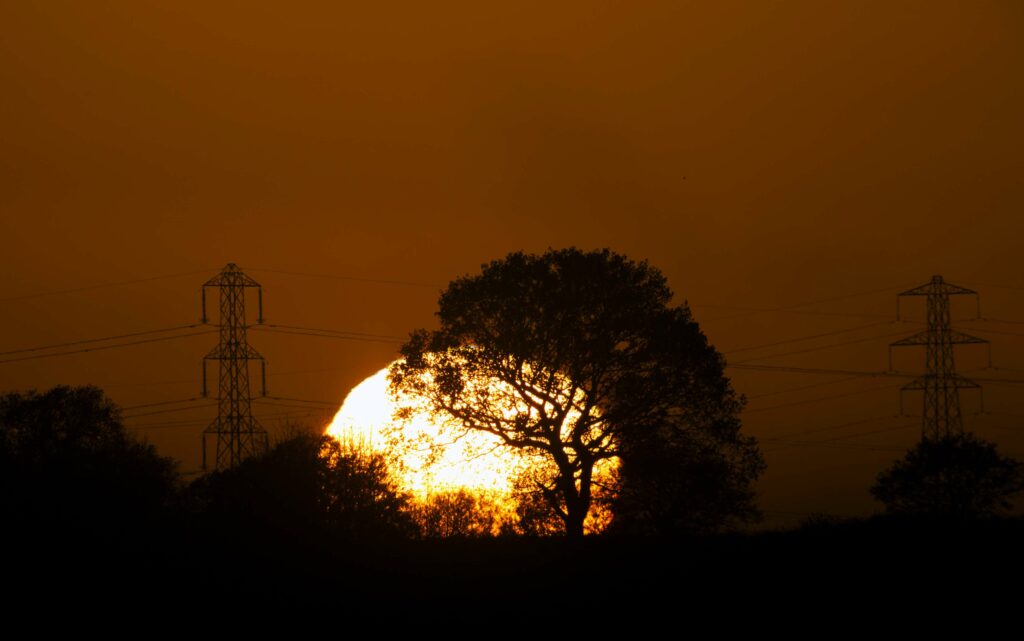
20 Monday
The centre of the Sun crosses the celestial equator at precisely 21:25 UT today, defining the March equinox. In the Northern Hemisphere it’s known as the vernal or spring equinox.
21 Tuesday
Dwarf planet Ceres reaches opposition, shining at mag. +6.6 in the constellation of Coma Berenices, just north of the Virgo galaxy cluster.
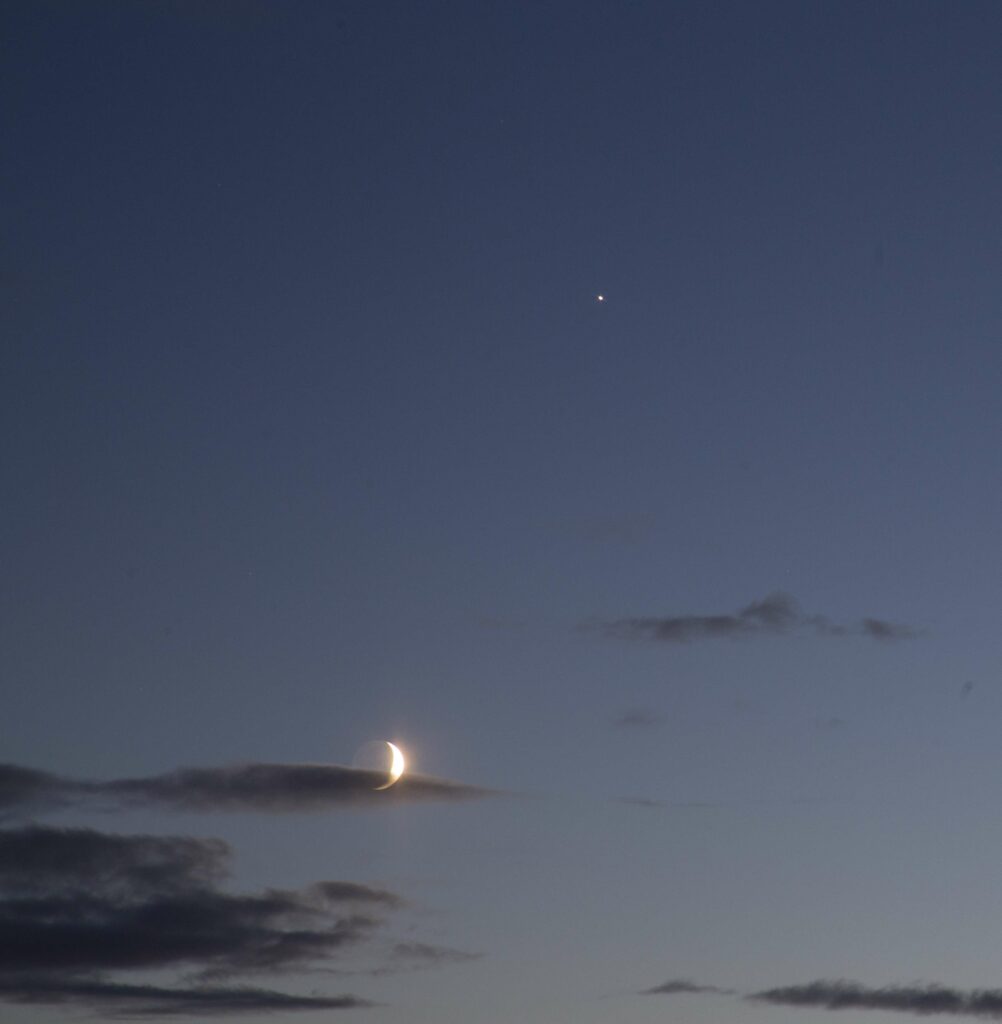
22 Wednesday
This evening an extremely slender 1%-lit waxing crescent Moon sits 1.8° southwest of mag. –1.9 Jupiter. Catch this tricky but rewarding sight low above the western horizon around 19:00 UT.
23 Thursday
Over the course of the next few evenings there’s a good opportunity to catch features on the Moon’s east limb, rotated into view by favourable libration.
24 Friday
The 9%-lit waxing crescent Moon is 0.9° south of Venus at 10:10 UT. Later, after sunset, the pair form a stunning sight low in the west. As it sets, the Moon is 2° from Uranus.
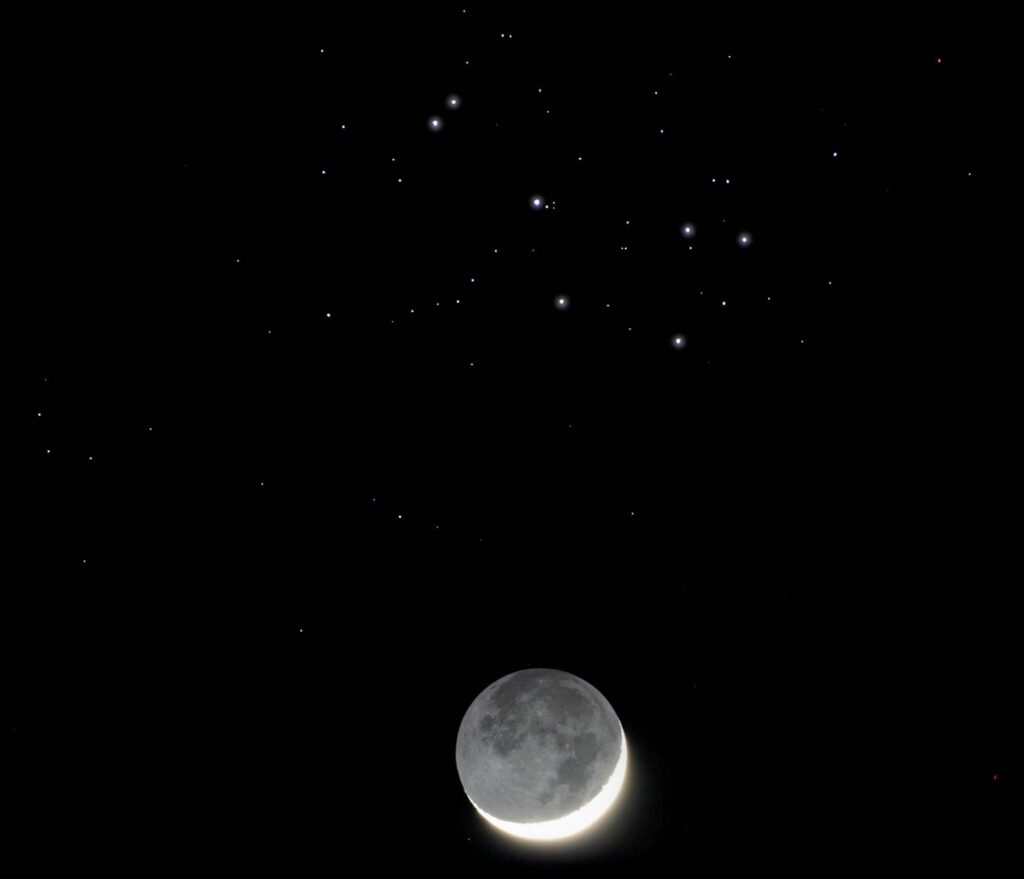
25 Saturday
As the 20%-lit waxing crescent Moon approaches the west-northwest horizon, it’ll be located close to the Pleiades open cluster – a good opportunity for a stunning photo.
26 Sunday
Ceres will pass across mag. +9.3 galaxy M100 tonight and into tomorrow morning.
British Summer Time begins in the UK. The clocks go forward one hour at 01:00 UT this morning to become 02:00 BST.
27 Monday
In the evening twilight after sunset, mag. –1.3 Mercury and mag. –1.9 Jupiter are just 1.5° apart, low above the western horizon.
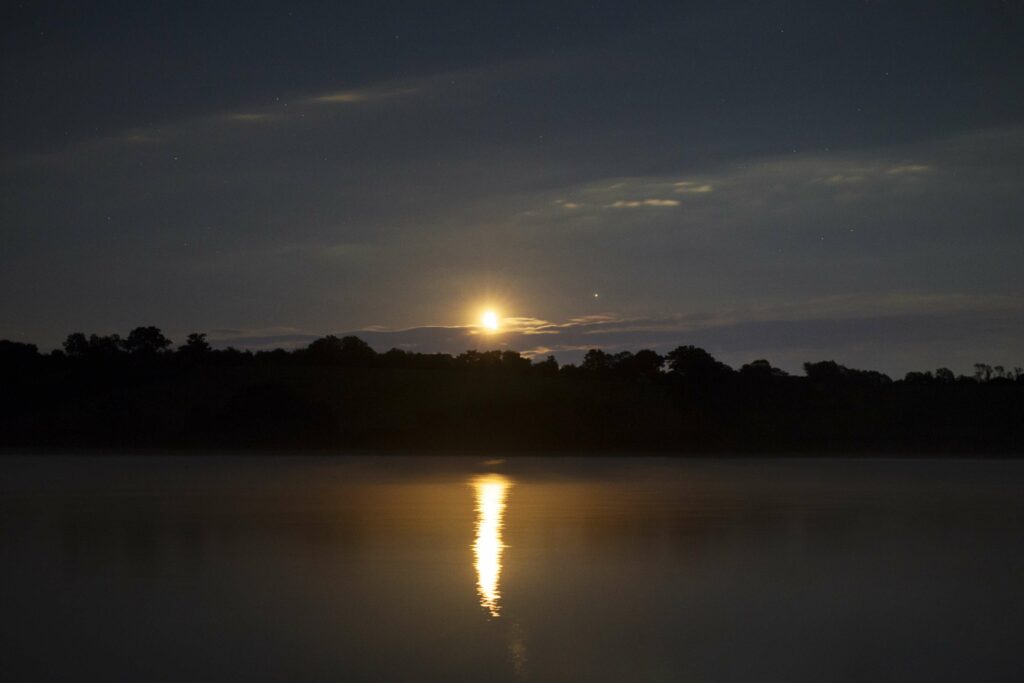
28 Tuesday
The 39%-lit waxing crescent Moon sits 6.6° from mag. +0.9 Mars this morning as the pair are close to setting at the northwest horizon just before 03:00 BST (02:00 UT).

29 Wednesday
Mag. +1.0 Mars sits 1.2° north of fifthmagnitude open cluster M35 this evening.
30 Thursday
Venus sits 1.2° north of mag. +5.8 Mag. –3.9 Uranus this evening. Catch the pair above the western horizon after the Sun sets.
Family stargazing
The Beehive Cluster, M44, is a superb and easy target for youngsters to hunt down. Start at the Plough, on the side nearest the handle. Extend a line down towards the horizon for a distance twice the length of the Plough to find the bright star Regulus. Next, find Orion. Extend a line from Orion’s lower-right star (Rigel) through its upper-right star (Betelgeuse) for twice that distance again to find Castor (upper) and Pollux (lower). Using binoculars, you’ll find M44 slightly below the mid-point of the line joining Castor to Regulus.
bbc.co.uk/cbeebies/shows/stargazing
NEED TO KNOW
The terms and symbols used in The Sky Guide
Universal Time (UT) and British Summer Time (BST)
Universal Time (UT) is the standard time used by astronomers around the world. British Summer Time (BST) is one hour ahead of UT
RA (Right ascension) and dec. (declination)
These coordinates are the night sky’s equivalent of longitude and latitude, describing where an object is on the celestial ‘globe’
Naked eye
Allow 20 minutes for your eyes to become dark-adapted
Photo opp
Use a CCD, planetary camera or standard DSLR
Binoculars
10×50 recommended
Small/ medium scope
Reflector/SCT under 6 inches, refractor under 4 inches
Large scope
Reflector/SCT over 6 inches, refractor over 4 inches
GETTING STARTED IN ASTRONOMY
If you’re new to astronomy, you’ll find two essential reads on our website. Visit bit.ly/10_easylessons for our 10-step guide to getting started and bit.ly/buy_scope for advice on choosing a scope